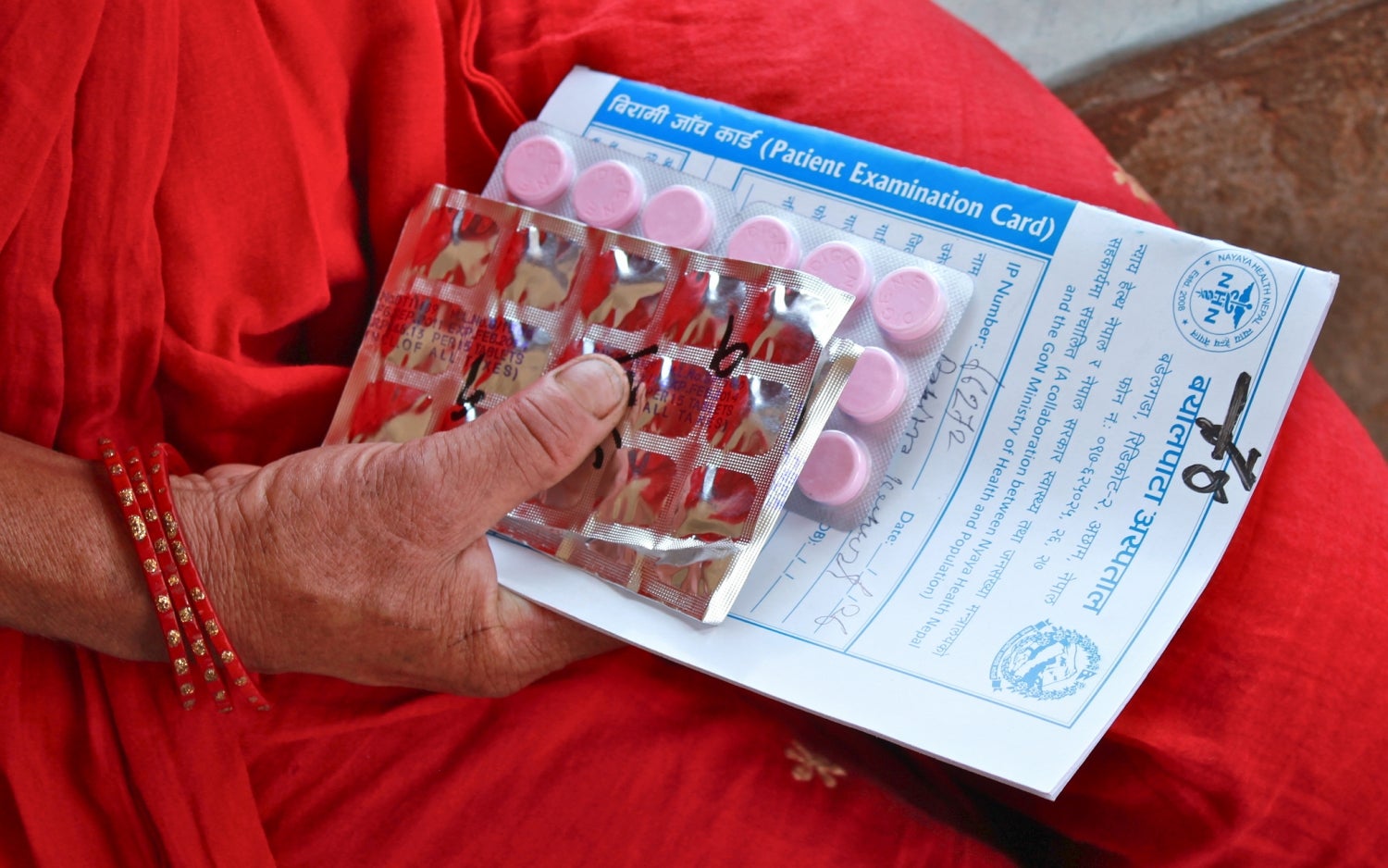Financing
Health financing refers to how resources are raised, pooled and allocated or spent to ensure that each person has access to health services of good quality without financial hardship. Here, we focus our discussion on financing for primary health care (PHC), which includes two primary components:
- The funding and equitable allocation of resources, including the level of overall PHC spending and funding allocation across levels of care and individuals
- Strategic purchasing and provider payment systems that promote integrated, person-centred primary care as the first point of contact
Financing for PHC should always be considered as part of a country’s holistic health financing strategy. Just as PHC policies, plans, and service delivery should be addressed in the context of the wider health system, financing for PHC is linked to and influenced by the health financing system as a whole.


